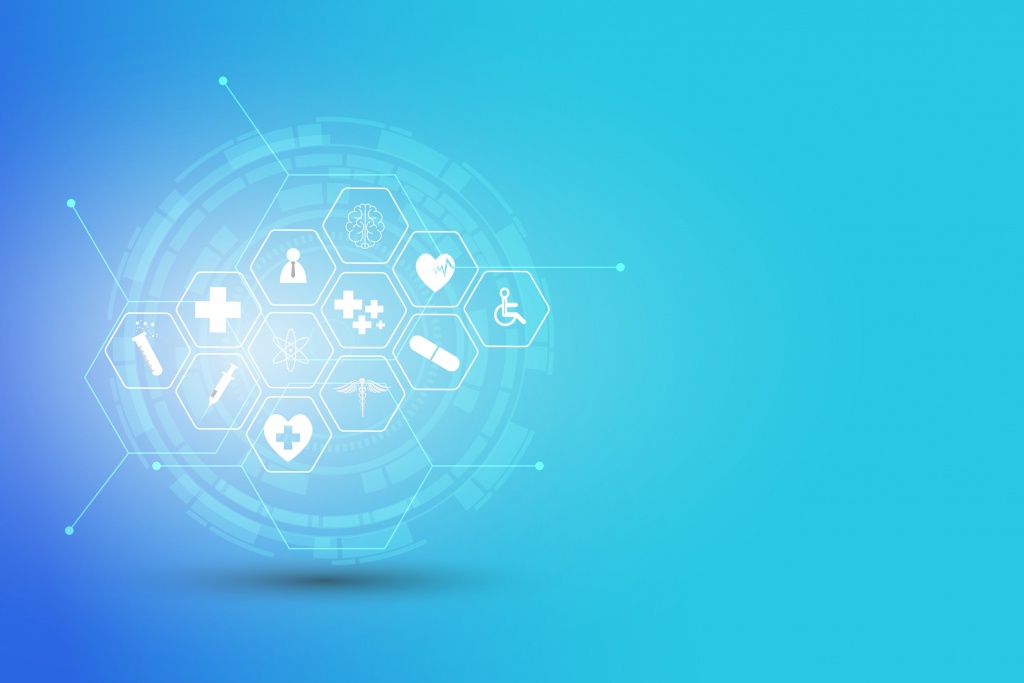What is FHIR?

Interoperability between electronic health record (EHR) systems is a vital part of providing quality care and improving patient outcomes. Exchanging information between systems, regardless of how that information is stored, is the foundation of the Fast Healthcare Interoperability Resources (FHIR) standard.
FHIR® is a healthcare industry standard developed by Health Level Seven International (HL7®). The development of FHIR began in 2012, in response to the need for “faster, easier, and better methods” for the exchange of increasing amounts of health data. As the digital world grows and more people are using online and virtual technologies, including apps and healthcare wearables, the need for healthcare providers to share data in a “lightweight, real-time fashion,” is also increasing.
The standard enables the exchange of electronic healthcare data through an application programming interface (API). The API contains a set of protocols and data standards that establish the rules by which one system communicates with the other, so information can be seamlessly transferred between systems.
Why is this important? Interoperability is necessary for healthcare providers to be able to share clinical records in an efficient, seamless manner that benefits the patient as well as the providers involved in that patient’s care.
In addition, the Office of National Coordinator of Health IT (ONC) and the Centers for Medicare and Medicaid Services (CMS) finalized the interoperability rule in March 2020, just as the COVID-19 pandemic began to challenge independent practices. As a result of this ruling, the need for data standards that will enable the seamless exchange of information has increased the attention on and the importance of FHIR.
The Cures Act also focuses on patient access to their data, supporting a “seamless and secure access, exchange, and use of electronic health information.” Designed to give patients and providers secure access to health information, the new rule is designed to “increase innovation and competition by fostering an ecosystem of new applications to provide patients with more choices in their healthcare.” To achieve this aim, the healthcare industry has been called on to adopt APIs that enable individuals to “securely and easily access structured electronic health information using smartphone applications.”
Healthcare plans such as Medicare Advantage, Medicaid, Children’s Health Insurance Program (CHIP), and marketplace plans are required to support a standardized API that is supported by FHIR 4. As of January 1, 2021, the rule requires that APIs developed as a way to enable patients to access their own health data meet the FHIR 4 standards.
Enabling interoperability through well-structured data models involves certain principles adopted by FHIR, including:
- Reuse – FHIR Resources are designed to meet the general needs of health care to avoid an overcomplicated and redundant Resource set.
- Performance – Compared to previous standards, FHIR Resources are simpler in their construction, making them better-suited for exchange across a network and more easily understood and implementable by developers.
- Usability – FHIR Resources are designed to be understood by technical experts and non-technical people alike.
- Fidelity – FHIR Resources have strict restrictions on intermixing of values with differing data types, like strings and numeric values. They can also be validated by their syntax in addition to defined sets of business rules.
- Implementability – A core goal of FHIR was to create a standard that would lead to high adoption across disparate developer communities.
FHIR Resources are designed to be easily understood and readily exchanged using industry standards, common programming languages, and established data exchange technologies.
